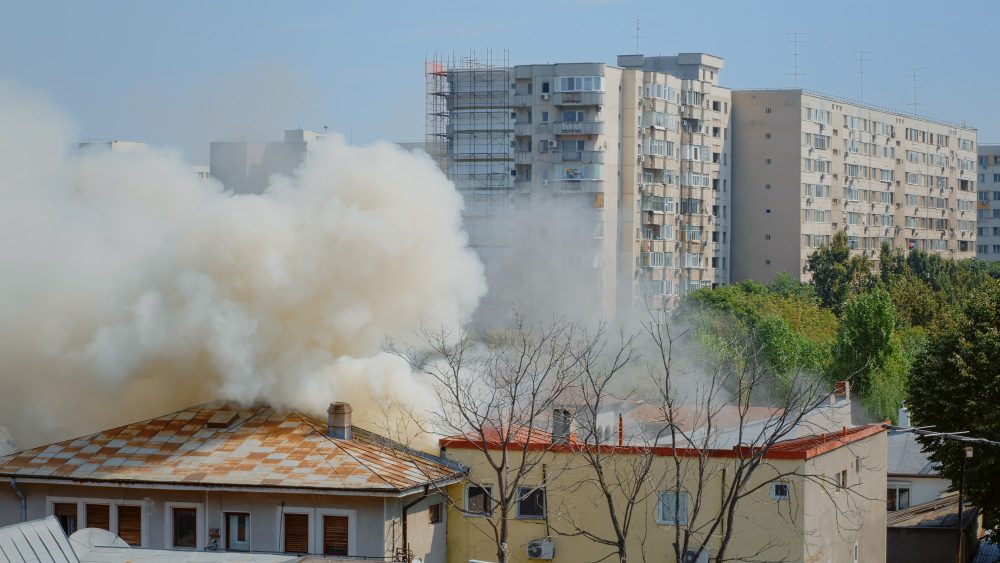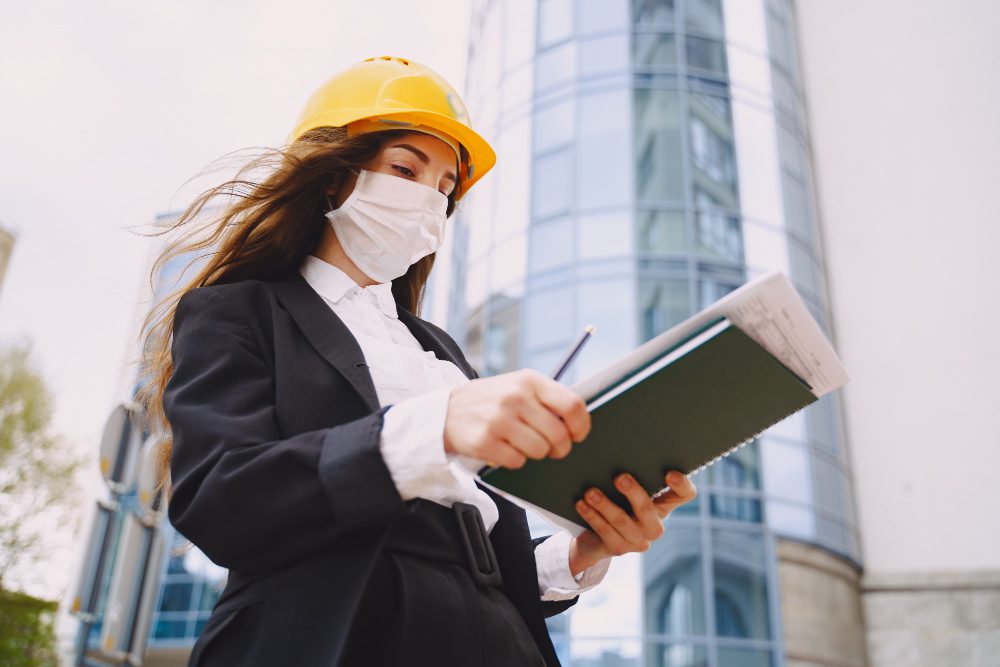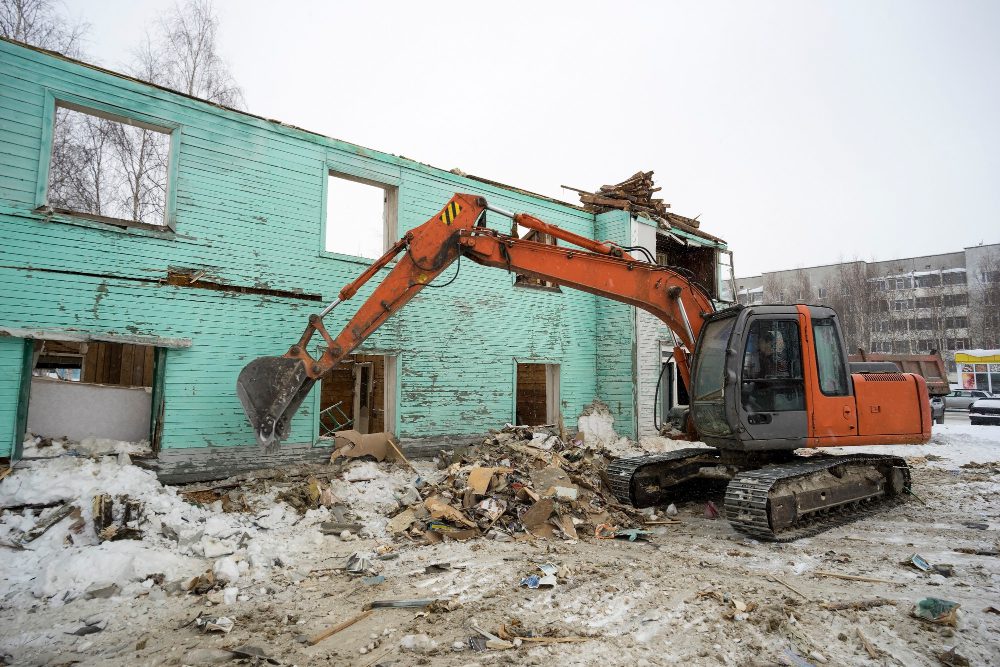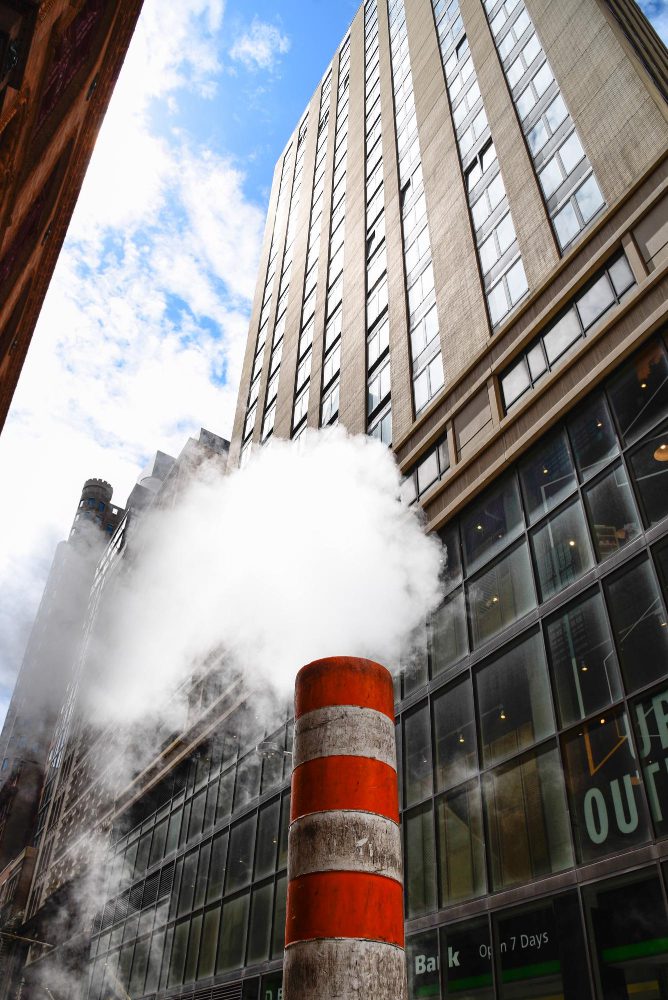

On-site Building Inspection: Visual survey by certified experts focused on materials with suspected contamination
Sampling: Targeted material extraction and laboratory testing
Pollutant Register Report:
Documentation: Illustrated with site plans, photo documentation, sampling records


Our experts identify and evaluate the following common building pollutants:
Asbestos:
Artificial Mineral Fibers (AMF):
Polycyclic Aromatic Hydrocarbons (PAHs):
Polychlorinated Biphenyls (PCBs):
Wood Preservatives (e.g., PCP, lindane):




When planning new developments or repurposing land, legacy issues from previous uses often arise — not only contaminated soil but also older buildings that may contain hazardous materials. These pollutants pose serious risks to human health and the environment.
ICP Ingenieure GmbH erstellt auf Basis einer qualifizierten Gebäudebegehung und Probenahme ein detailliertes Gebäudeschadstoffkataster. Dieses dokumentiert alle festgestellten Verdachtsmaterialien und bewertet deren Schadstoffpotenzial. Damit schaffen wir die Grundlage für eine sichere Rückbaumaßnahme, für rechtssichere Entsorgung gemäß Kreislaufwirtschaftsgesetz und für den Schutz von Beschäftigten und Umwelt.
Our certified specialists are qualified in accordance with TRGS 519 (asbestos) and TRGS 524 (contaminated areas). They undergo regular training to ensure up-to-date technical and regulatory expertise
The preparation and use of a building pollutant register follows key principles that ensure safety, compliance, and efficient project planning:

